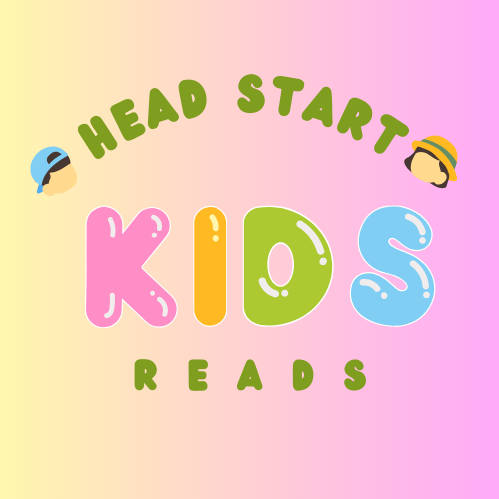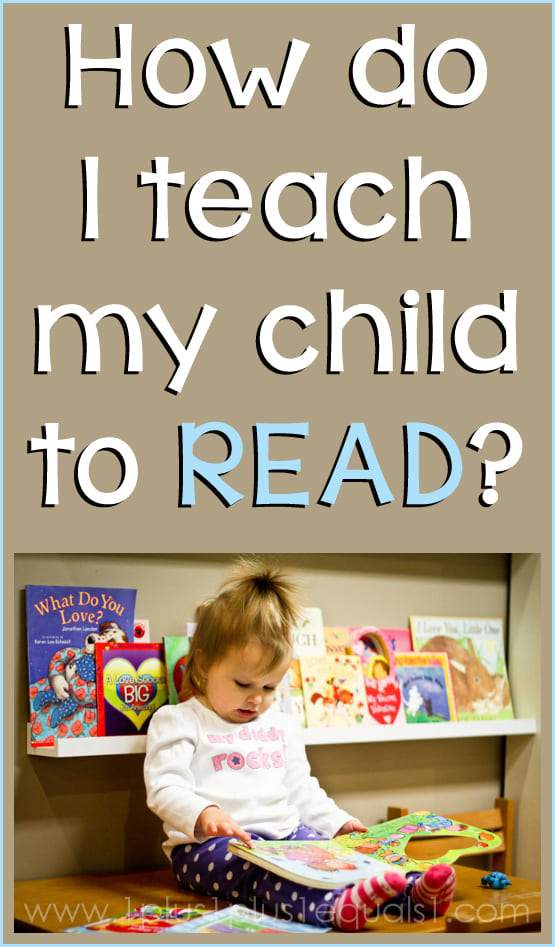The journey of teaching a child to read is a profound and transformative experience, shaped by a delicate blend of art and science. As parents, educators, and caregivers embark on this voyage, the quest for the most effective approach becomes paramount. This article aims to unravel the intricacies of teaching children to read, exploring a myriad of strategies, and directing attention to the innovative and comprehensive Reading Head Start program as an exemplary resource in this pedagogical endeavor.
I. The Foundation: Building a Language-Rich Environment
- The Role of Language Exposure: Language forms the bedrock of literacy, and exposure to a rich linguistic environment lays the foundation for reading. From infancy, children absorb the nuances of language through conversations, storytelling, and shared experiences. Parents and caregivers play a crucial role in providing this exposure, fostering an early connection between spoken words and their written counterparts.
- Reading Aloud and Shared Reading: Reading aloud to children is a time-honored practice that not only instills a love for stories but also exposes them to the rhythm and cadence of language. Shared reading experiences create a bond between the spoken and written word, laying the groundwork for understanding the concept of print and the mechanics of reading.
II. Phonemic Awareness and Pre-Reading Skills
- The Significance of Phonemic Awareness: Phonemic awareness, the ability to recognize and manipulate individual sounds in words, is a cornerstone of early literacy. Engaging children in activities that enhance phonemic awareness, such as rhyming games and sound segmentation, builds the auditory foundation necessary for decoding written words.
- Interactive Phonics Instruction: Phonics, the relationship between sounds and letters, is a pivotal component of learning to read. Interactive phonics instruction introduces children to the alphabetic code systematically, providing them with the tools to decode words independently. Games, songs, and hands-on activities make phonics engaging and accessible, fostering a positive attitude toward learning to read.
III. Sight Words and Vocabulary Development
- Sight Words as Building Blocks: Sight words, often non-phonetic words that appear frequently in texts, are integral to fluent reading. Teaching children to recognize high-frequency sight words as whole units enhances reading efficiency. Flashcards, games, and incorporating sight words into meaningful contexts contribute to the development of a sight word vocabulary.
- Contextual Vocabulary Expansion: Expanding a child’s vocabulary extends beyond isolated word recognition. Engaging in meaningful conversations, exposing children to diverse texts, and discussing the meaning of words within context contribute to robust vocabulary development. A rich lexicon equips children with the comprehension skills necessary for understanding and enjoying the written word.
IV. Creating a Literacy-Rich Environment
- Immersive Reading Spaces: Designing spaces that immerse children in a print-rich environment is a powerful strategy. Labeling common objects, creating a print-rich wall with children’s names and words, and incorporating age-appropriate books into the environment stimulate interest and curiosity, fostering an intrinsic connection between the child and written language.
- Modeling Reading Behaviors: Children often emulate the behaviors modeled by adults. Demonstrating a love for reading, whether through personal reading habits or shared reading experiences, communicates the value and joy of engaging with written text. This modeling creates a positive association with reading and reinforces the importance of literacy in daily life.
V. Differentiated Instruction and Individualized Learning
- Recognizing Diverse Learning Styles: Every child is unique, and recognizing diverse learning styles is integral to effective teaching. Some children may thrive with visual aids, while others may respond better to auditory or kinesthetic approaches. Tailoring instruction to accommodate different learning styles ensures that each child receives the support they need to flourish as readers.
- Individualized Learning Plans: Assessing a child’s strengths, challenges, and learning preferences enables the creation of individualized learning plans. These plans may include targeted interventions, additional support in specific areas, or advanced challenges for those ready to progress further. A personalized approach addresses the unique needs of each child, fostering a sense of agency and mastery in their reading journey.
VI. The Integration of Technology
- Interactive Educational Apps: In the digital age, educational apps can serve as valuable tools for teaching children to read. Interactive apps designed to enhance phonemic awareness, phonics skills, and vocabulary development provide engaging supplementary support. However, a mindful approach to screen time is crucial to ensure a balanced and purposeful use of technology in early literacy education.
- Reading Head Start: A Technological Innovation: Within the realm of online literacy programs, Reading Head Start stands out as a technological innovation designed to enrich and complement traditional teaching methods. Utilizing interactive online sessions, engaging games, and a structured curriculum, Reading Head Start combines the advantages of technology with a research-backed approach to early literacy education.
VII. Emphasizing Emotional Intelligence in Literacy
- The Link Between Reading and Emotional Intelligence: Reading is not solely a cognitive endeavor; it is intricately linked to emotional intelligence. Stories provide a platform for exploring emotions, understanding perspectives, and developing empathy. Teachers and parents can capitalize on this connection by engaging children in discussions about characters’ feelings, motivations, and the broader emotional landscape of stories.
- Fostering a Positive Reading Identity: Cultivating a positive reading identity is essential for long-term engagement with literature. Encouraging a growth mindset, celebrating reading milestones, and providing a safe space for exploration and expression contribute to a child’s positive self-perception as a reader. A nurturing environment that acknowledges effort and progress fosters a lifelong love for reading.
VIII. Reading Head Start: A Paradigm of Effective Literacy Instruction
- Innovative Curriculum Design: Reading Head Start exemplifies a paradigm of effective literacy instruction by incorporating innovative curriculum design. The program’s structured approach covers interactive reading sessions, phonics mastery, and engaging learning games. This design ensures a comprehensive and systematic progression through essential reading skills, aligning with the developmental needs of young learners.
- Proactive Early Intervention: Reading Head Start operates on the principle of proactive early intervention, acknowledging the critical period during which children’s brains are most receptive to language and literacy development. By intervening early, the program seeks to mitigate potential challenges and equip children with the foundational skills necessary for successful reading.
IX. Parental Involvement and the Reading Partnership
- The Crucial Role of Parents: The partnership between parents and educators is instrumental in a child’s literacy journey. Parents serve as the primary advocates and facilitators of reading development at home. Actively engaging with children through shared reading, creating a literacy-friendly home environment, and fostering positive attitudes toward learning significantly contribute to a child’s overall literacy success.
- Empowering Parents with Resources: Reading Head Start recognizes the importance of parental involvement and actively empowers parents with resources to support their child’s reading journey. The program provides guidance, activities, and tools that enable parents to play an active role in their child’s early literacy development, creating a collaborative and supportive learning environment.
X. Conclusion: Guiding Little Readers to a Bright Future
Teaching a child to read is an art that requires a palette of strategies, a canvas of creativity, and a foundation in the science of literacy development. From the immersive embrace of language-rich environments to the targeted interventions of phonemic awareness activities, each stroke contributes to the masterpiece of a child’s reading proficiency.
As we navigate the multifaceted landscape of teaching children to read, it is crucial to embrace innovation, research-backed methodologies, and a holistic approach that considers the diverse needs of learners. Reading Head Start emerges as a beacon in this journey, offering an exemplary blend of technology and pedagogy to empower young readers with the skills and confidence needed for a lifetime of literacy success.
In the symphony of early literacy education, where every note resonates with the potential to shape a child’s future, the collaborative efforts of educators, parents, and innovative programs like Reading Head Start harmonize to guide little readers toward a bright and promising tomorrow.


What is the best way to teach a child to read?
Please read this article
What is the best way to teach a child to read?
https://kidsheadstartreads.com/what-is-the-best-way-to-teach/
[…] What is the best way to teach a child to read? […]